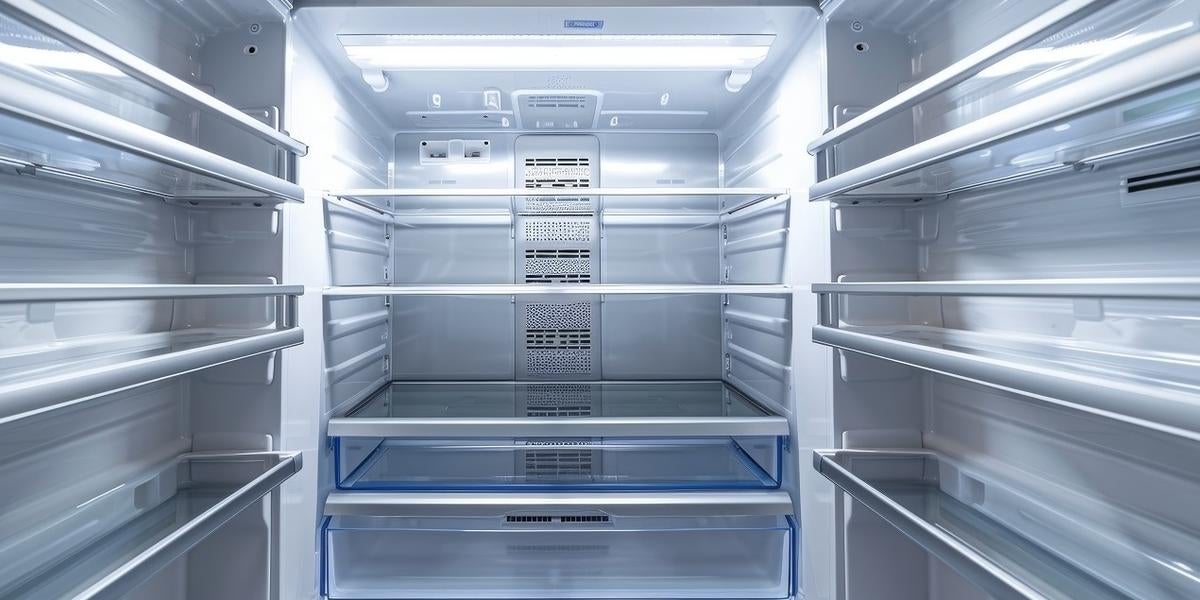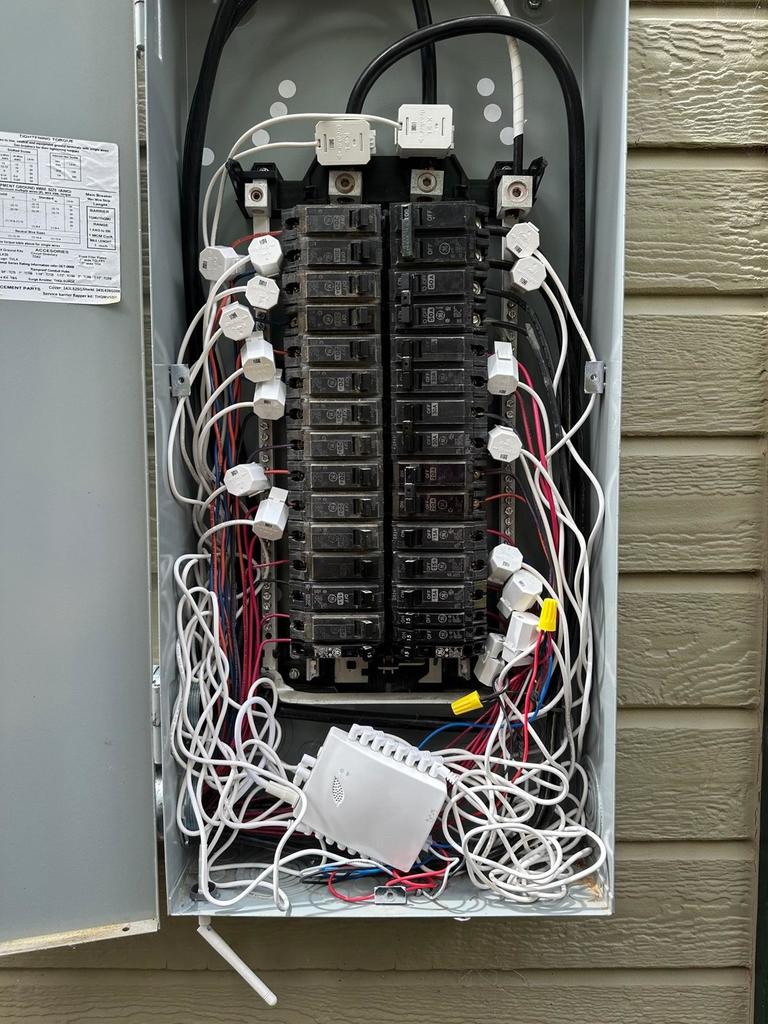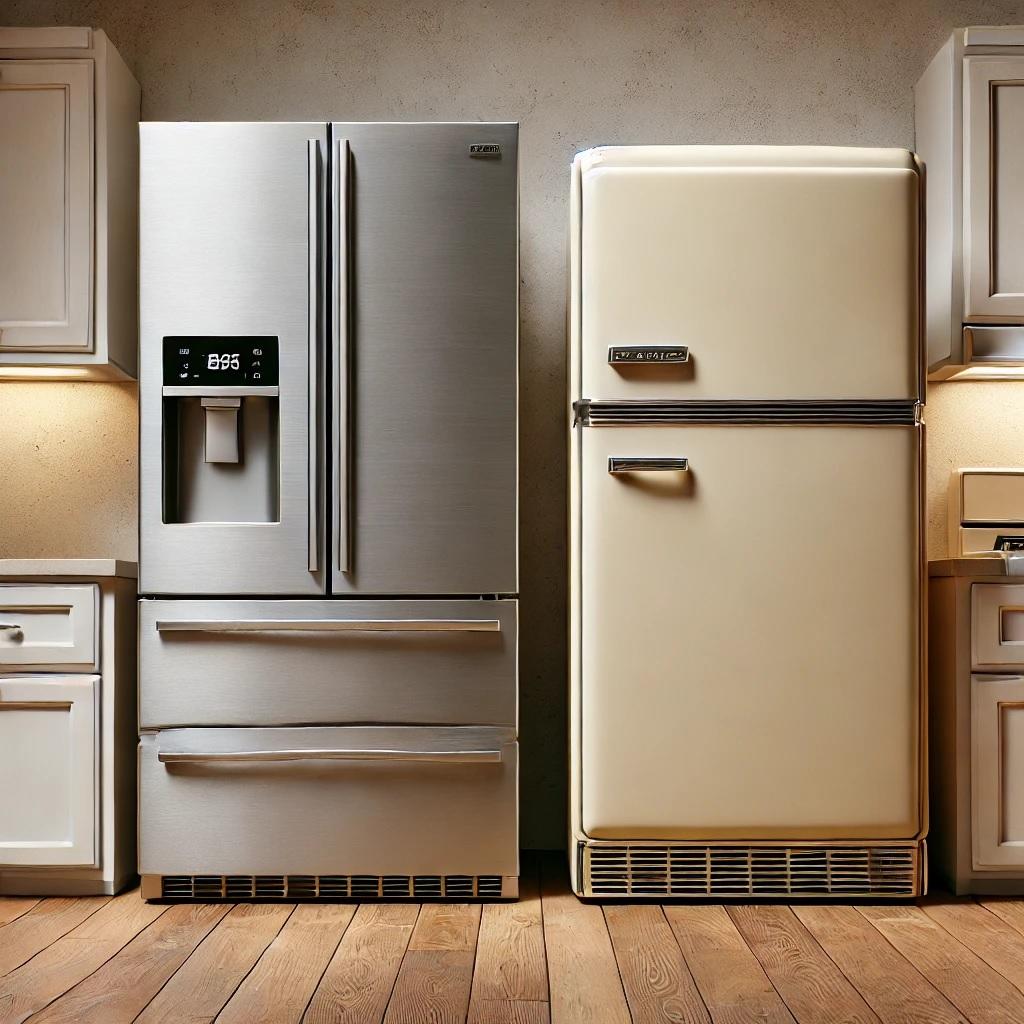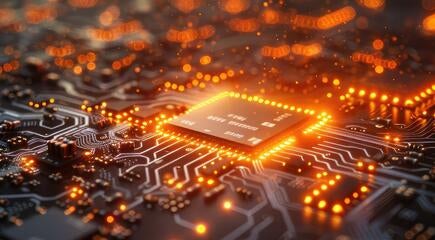壓碎您的啤酒冰箱,可能再加上您的主要冰箱。

我在 2022 年寫了一篇部落格文章,說明車庫內的舊啤酒冰箱可能值得更換為更新的型號。簡而言之,冰箱價格日益下降,但效率卻提高了,以至於更換舊啤酒冰箱在短短幾年內就能收回成本。
根據電器標準宣導計畫 (ASAP) 的資料指出,1972 年時,一台普通冰箱每年耗電近 2,000 kWh,成本為 1,250 美元 (根據 2010 年的通貨膨脹率調整後的價格),是普通家庭中最耗電的裝置。之後,在採用一系列效率標準,並經歷了最初的價格上漲之後,2010 年平均成本降至 550 美元,年耗電量也減少至 550 kWh。
在美國,我們會在車庫或地下室放置啤酒冰箱。通常,當我們改建廚房時,舊冰箱會被搬到車庫當作啤酒冰箱,因為它還堪用,而且我們有足夠的空間。
那台舊冰箱非常耗電,在 2022 年的這段影片中,我計算了它的運轉成本,並將它與新冰箱的價格進行了比較,以了解更換舊冰箱多快能收回成本。
| 2022 | 每年用電量 (kWh) | 能源成本 - 全國平均值 (0.12 美元/kWh) | 能源成本 - 加州 (0.20 美元/kWh) |
|---|---|---|---|
| 舊機型 (1980 年) | 2180 | 261.60 美元 | 437.00 美元 |
| 新機型 (2020 年) | 430 | 51.60 美元 | 86.00 美元 |
| 每年節省能源 | - | 210 美元 | 351 美元 |
| 投資回收期 (新冰箱成本:777 美元) | - | 3.7 年 | 2.2 年 |
根據全國平均電價計算,更換啤酒冰箱的投資回收期為 3.7 年。在電價高於平均水準的加州,此期限縮短至 2.2 年。
電力成本上漲
目前,美國全國平均電價為每度電 (kWh) 15 美分。每一州的電價各不相同,並且每年的價格變化也不一樣。從 2023 年到 2024 年,有 22 個州的成本降低或沒有變化。然而,就在兩年前的 2022 年,每個州都經歷了價格上漲,從喬治亞州的 3% 到羅德島州的 62% 不等。
儘管我們經歷了一段高通貨膨脹時期,但對我們大多數人來說,冰箱價格的上漲速度並沒有像電費那麼快。以下是更換舊啤酒冰箱的投資報酬率 (ROI) 最新資訊。
將成本更新至 2024 年的數據表明,現在投資回收期更快了,尤其是對加州居民而言。如果您想計算自己冰箱的投資回收期,可以在冰箱背面找到用電量資訊,然後將數據代入到我在影片中介紹的算式中。您也可以看看每月帳單上列出的實際電費。
| 2024 | 每年用電量 (kWh) | 能源成本 - 全國平均值 (0.15 美元/kWh) | 能源成本 - 加州 (0.41 美元/kWh) |
|---|---|---|---|
| 舊機型 (1980 年) | 2180 | 327.00 美元 | 893.80 美元 |
| 新機型 (2020 年) | 430 | 65.00 美元 | 176.30 美元 |
| 每年節省能源 | - | 263 美元 | 718 美元 |
| 投資回收期 (新冰箱成本:830 美元) | - | 3.2 年 | 1.2 年 |
家中隱藏的吃電怪獸

我最近與兩位屋主交談,一位來自加州,一位來自亞利桑那州,他們都對自己的電費帳單感到憂心忡忡。這兩位屋主都曾外出旅遊數週,他們驚訝地發現,在他們外出期間的電費並未明顯減少。為了找出吃電元凶能,他們使用了能源監控裝置。
許多公司提供家庭能源監控解決方案。主裝置會連接到配電箱,監控有多少電力進入您的家中。一些小型裝置則固定在各個斷路器上,監控哪些電路正在消耗電力。這些系統使用 Wi-Fi 或乙太網路連線到記錄資訊的應用程式。
兩棟房屋均有三間臥室,住著兩名成年人,測試時兩棟房屋都沒有開啟暖氣或冷氣。在這兩個案例中,廚房的主冰箱是最大的罪魁禍首,分別消耗了 26% (加州) 和 20% (亞利桑那州) 的電力。與大多數其他電器不同,冰箱每天運轉約八小時,因為壓縮機以三分之一的工作週期運轉。這使得它們對耗電量的影響,可能比每天只使用幾小時的電器更大。
有趣的是,這兩戶人家使用的都是 30 年前的大型高階冰箱,雖然它們仍然運轉如常,但是效率遠不如新冰箱。這兩台冰箱每年耗電量均為 2,688 kWh,而同類新冰箱的耗電量只有 698 kWh。
由於這些高階型號的價格較高,因此更換廚房冰箱的投資回收時間可能會更長。
在這個範例中,我花了 3,000 美元購買新機型,儘管購買類似冰箱可能花費更多或更少的錢。
使用全國平均電價 (接近亞利桑那州的電價) 計算,購買一台新型高階冰箱的投資回收期為 10 年。然而,在電價較高的州,投資報酬率速度更快。例如,在加州,投資回收期為 3.7 年,而在夏威夷和羅德島,投資回收期會更快。
通常,當電器逐漸老化時,我們會對維修成本與延長使用壽命進行衡量比較。透過計算運轉舊電器的成本,您可能會被說服儘早更換它,從而開始節省電費。
| 2024 年 高階冰箱 | 每年用電量 (kWh) | 能源成本 - 全國平均值 (0.15 美元/kWh) | 能源成本 - 加州 (0.41 美元/kWh) |
|---|---|---|---|
| 舊機型 (1980 年) | 2688 | 403.00 美元 | 1,102.08 美元 |
| 新機型 | 698 | 105.00 美元 | 286.18 美元 |
| 每年節省能源 | - | 298 美元 | 815.90 美元 |
| 投資回收期 (新冰箱成本:3,000 美元) | - | 10 年 | 3.7 年 |
家庭能源監控器可以幫助識別家庭中電力消耗的位置。上述系統可監控整個家庭,而智慧插座可監控個別裝置。也許您的冰箱效率很高,但車庫裡卻有一台老舊、耗電的直立式冷凍櫃,或是一個已經變成吃電怪獸的熱水器。好消息是,各國政府持續採用較低的效率目標來減少溫室氣體排放。在 Power Integrations 等公司的創新支援下,製造商不斷生產出更有效率的機型。每次更換電器時,我們都希望減少電力消耗。

Power Integrations 的 InnoMux2-EP 系列是一款離線零電壓切換 (ZVS) 返馳式切換開關 IC,具有最多三個定電壓輸出,或一個定電壓和一個定電流輸出,用於可調光 LED 燈串。它是提高內建顯示器冰箱效率的理想選擇。InnoMux2-EP IC 透過獨立調節和保護每個輸出,消除多個下游轉換階段,大幅提高了電源轉換效率。
採用 InnoMux-2 的設計物料表 (BOM) 數量少且尺寸小。這些 IC 在單一 IC 中整合了一次側和二次側控制器、保護裝置、感應元件和通過安全認證的回授機制 (FluxLink)。InnoMux2-BL IC 系列還包括支援多模式調光的 LED 背光控制器,非常適合顯示器、電視和具有照明或顯示需求的電器。
InnoMux-2 IC 系列採用增強技術來最大化轉換效率,包括 DCM 操作中的準諧振切換、準確的 SR 控制,以及 LED 驅動器的最低臨界值調節。





